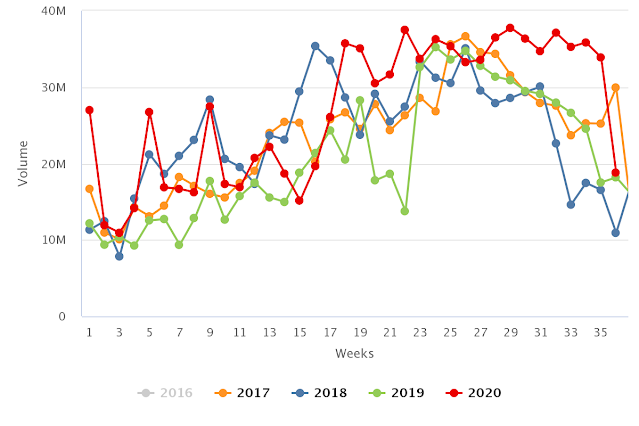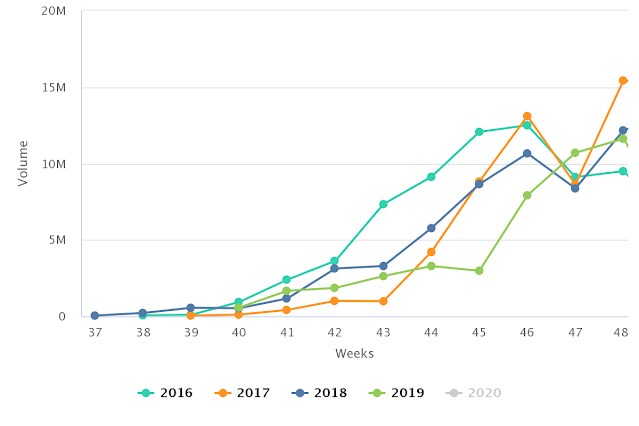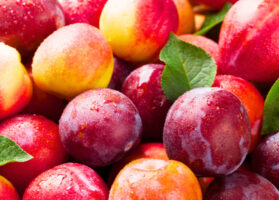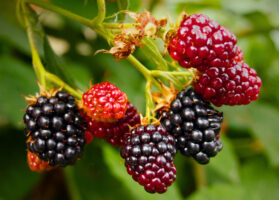Early South American mangoes reach U.S.

Overview of the mango supply, complemented by charts from Agronometrics. Original published on September 10, 2020.
“The overall demand for mangoes, whether they’re fresh or cut or frozen has been very, very high,” said Chris Ciruli, partner at Ciruli Bros. LLC, Rio Rico, Ariz.
Source: USDA Market News via Agronometrics.
(Agronometrics users can view this chart with live updates here)
This will be the third year that Ciruli Bros. will offer mangoes year-round.
“It’s the direction the customer want to go,” Ciruli said. “It keeps us busy in the months when Mexico isn’t producing.”
Source: USDA Market News via Agronometrics.
(Agronometrics users can view this chart with live updates here)
On average, over the past five years, the U.S. received nearly 32 million 4-kilogram (8.8-pound) boxes of mangoes from South America annually, according to the U.S. Department of Agriculture.
Brazil shipped about 8.2 million boxes to the U.S. annually, Ecuador about 12 million boxes and Peru about 11.6 million boxes.
South America accounts for about 28% of total U.S. volume.
Brazil, which ships from August to December, exports primarily the tommy atkins variety and a few kent and ataulfo (or honey) varieties; Ecuador ships tommy atkins and some kents and ataulfos from October to January; and Peru exports kents and a few ataulfos from November to March, according to various South American mango organizations.
Quality of the mangoes varies by country, said Richard Campbell, vice president of global operations for Ciruli Bros.
“South America is a long way away, so the real game for the quality totally depends on transit time,” he said.
“The faster you can get (mangoes) to the U.S., the better quality potential you have.”
Product from Ecuador can reach the U.S. in six or seven days, he said, while the trip from Peru takes 11 days, and the voyage from Brazil can take 14 or 15 days.
Freska Produce International LLC, Oxnard, Calif, was kicking off its mango program from Brazil in late August with shipments to the East Coast, said Tom Hall, sales manager.
U.S. importers aren’t traveling during the pandemic, so Hall said he is taking exporters’ word that quality should be good on this year’s mangoes.
Historical mango sales trends are “out the window” this year thanks to the COVID-19 pandemic, said Ronnie Cohen, partner/principal at Vision Import Group, Hackensack, N.J.
Foodservice sales are down significantly, he said, with restaurants closed or limiting operations and with live events canceled.
Suppliers have had to adjust by focusing their attention on the retail side.
Fort Lauderdale, Fla.-based CarbAmericas Inc. has been offering offshore mangoes for more than 25 years, said president Jeff Friedman.
The company received its first fruit of the season from Brazil in late August.
“It looks really good,” he said, with a high percentage of red blush and 16% to 22% pressure.
Early fruit usually starts with smaller sizes — 9s, 10s and 12s — then progresses into larger sizing — 7s, 8s, 9s and 10s — he said.
Friedman said he had no indication about the quality of the fruit from Ecuador yet.
Last year, Peruvian shippers had some trouble moving all their product through the system.
“There were more mangoes than there were processing plants to do the hot water treatment,” he said.
Miami-based J&C Tropicals will start its Ecuador program with the nam doc mai variety, a Thai mango that kicks off the season every year, said Luis Cintron, director of sales and procurement.
This year, mangoes should be available from Ecuador the second week of October, he said, a week or two earlier than last year.
Source: USDA Market News via Agronometrics.
(Agronometrics users can view this chart with live updates here)
Weather “seems to be working out perfectly,” in Ecuador, Cintron said.
It was too early to forecast availability from Ecuador, he said in late August.
“The fruit is tiny and trees are still flowering,” he said.
Pompano Beach, Fla.-based Central American Produce Inc., expected to start its mango program from Brazil on Sept. 4, said Michael Warren, owner and president.
Tommy atkins will be the first variety, and the company also will offer palmer and kent mangoes this year.
“It seems as though Brazil is looking at expanding to varieties besides atkins that they focused on for the last 20 years for the U.S. market,” Warren said.
Cool weather in Brazil and Ecuador should help bring on some flavorful mangoes, he added.
As the South American mango season gets underway, the possibility of the new coronavirus impacting the picking and packing operations is in the back of the minds of some importers, Ciruli said.
“I think that will definitely will be a concern,” he said.
All three countries have been hit hard by COVID-19, said Friedman of CarbAmericas.
“Who knows what the dynamic is with COVID and how these plants are going to operate — whether it’s Brazil, Ecuador or Peru,” he said.
The News in Charts is a collection of stories from the industry complemented by charts from Agronometrics to help better tell their story.
Access the original article with this (Link)









